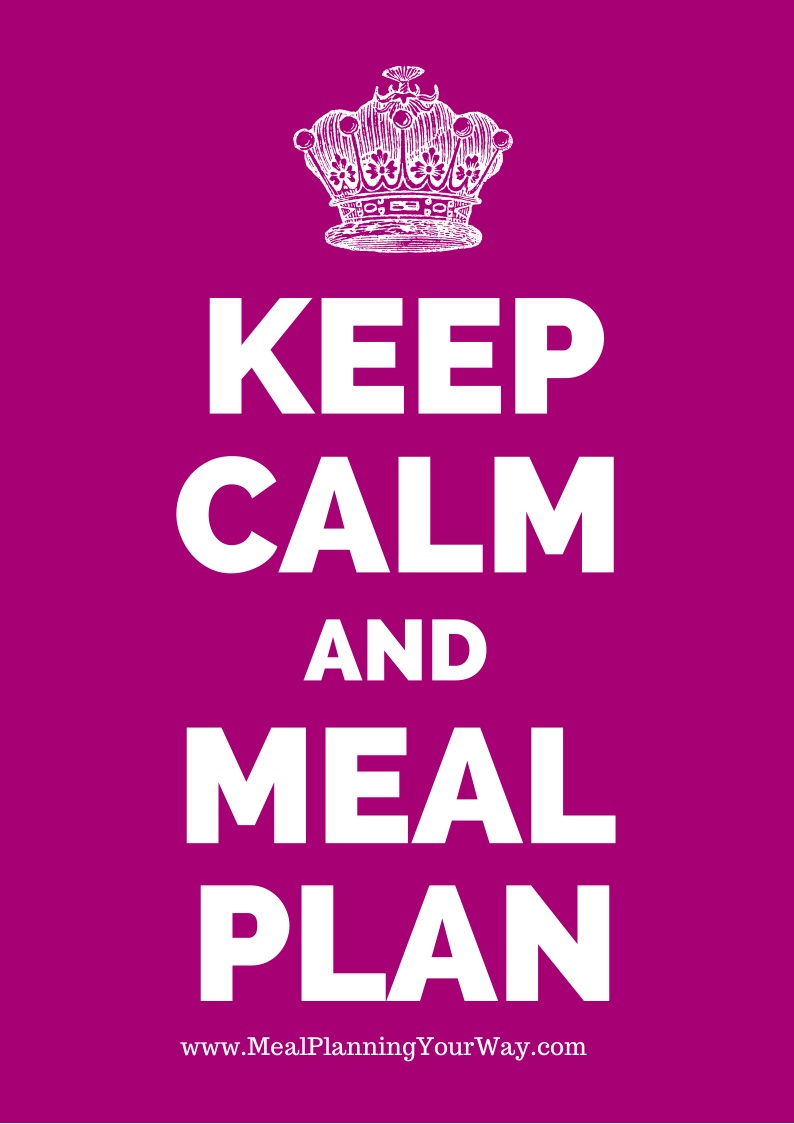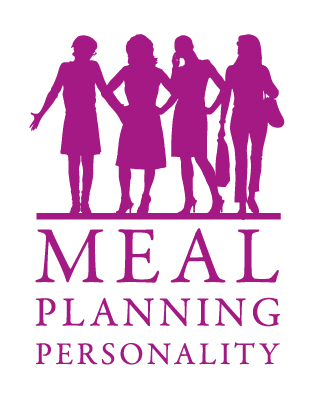 After the busyness of Christmas, the New Year is the perfect time to refocus on your priorities.
After the busyness of Christmas, the New Year is the perfect time to refocus on your priorities.
No matter what your resolutions might be, getting organised for healthy eating whether that’s through meal planning or taking lunches and snacks to work, plays an important role in helping you achieve your goals from weight loss, doing better at work you name it!.
What we often don’t realise though is the way we organise our lives has a big impact upon our health. In an Australian survey on obesity, one in five experts ranked time pressure as the single most important social trend underlying the rising rates of obesity. This is such an important point because when you come up with a new year’s resolution, it reminds us to focus on both what needs to change, as well as how to do it.
When it comes to the getting healthy resolution, devoting time to thinking about the barriers you experience that stop you from eating healthy food is just as important! A European survey of some 14 000 people showed that one third of respondents listed lack of time as a major barrier to healthy eating. How true is that?! We all know why we eat ‘fast food’ – and that’s to save time.
So, to help you on your way to get organised for healthy eating try our 10 tips to jump start your way into the next decade:
1. Set time aside to get organised
Plan your week. Have a diary/ calendar and use it religiously to book time out to get started on these tips.
2. View any past attempts as a learning experience!
This is your perfect opportunity to work out what didn’t work for you and why? If you have ever watched accident investigation shows you’ll notice they keep asking “why” until they get to the root cause of what caused a train wreck!
3. Book in a pantry/ kitchen declutter twice a year.
Winter and summer are great times to go through your kitchen and pantry because the food you eat changes dramatically!
It is also important to look for foods that you have in your pantry, fridge and freezer that sabotage your efforts to eat better. Be honest with your self – you probably already know the foods that are a better choice so go through your pantry, fridge and freezer and send the not so healthy foods on their way to a charity, family/ friends or to a new year’s eve party!!
Not sure how to declutter? Here’s a quick and dirty declutter process to use:
- Look for anything that is past its use by date and toss!
- Find any food that isn’t going to help you keep and stay healthy and pass it on!
- Group foods or kitchen items together in categories that make sense to you (e.g. canned foods; oils and sauces; baking stuff; sandwich fillings; bread, pasta, rice, tortillas; lunch supplies; snacks).
- Keep items you use often in easy to access places where you use them the most.
- If you have a bulging utensils draw or junk draw tip all the items of the draw into a box. Whatever you grab out of the box over 6 months can be returned to the draw, but whatever hasn’t should go.
4. Keep your bench tops as clear as you can.
Cooking is so much easier when you have space on your bench tops!
5. Identify three healthy meals to cook a week.
Yes – only three! Start small and work your way up!
6. Add one extra vegetable to your dinner every night of the week
This is an easy way to increase the variety of foods you eat and build your immune system! If you are eating peas, why not also cook up some corn cobs at the same time, if you are having a salad, include an extra vegetable or fruit, or if you are having cooked green beans, mix in some halved cherry tomatoes just before serving and dress with olive oil and your favourite vinegar (balsamic, red wine or apple cider and season to taste).
7. Eat at least one piece of fruit a day.
8. Keep 5 quick and easy healthy recipes in your diary or purse.
When you are completely stuck for ideas and don’t know what’s for dinner, choose something from that list that takes less than 40 minutes to whip up! You’ll save a lot of money on takeaways and your sanity!
9. Always shop with a shopping list.
Get in the habit of using a shopping list and buying only what’s on it. This can help save you money as you aren’t buying things you don’t need, and already have! The trick is to train yourself to write on it as soon as you take something from the fridge, freezer or pantry. You can avoid a lot of impulse purchases by not shopping when you’re hungry or when the kids are tired or hungry.
10. Learn to read food labels
Food labels are a great source of information – but it does take a bit of effort to demystify the jargon! One of the best tips is to look at the ingredients list and ask yourself – does it look like your reading ingredients for a chemistry lesson, and are they in the proportions you’d expect? You’ll also find more foods are including information on the % of Daily Intake provided by that food.
What do you think? What habits or rituals will you start in 2013?











Comments on this entry are closed.